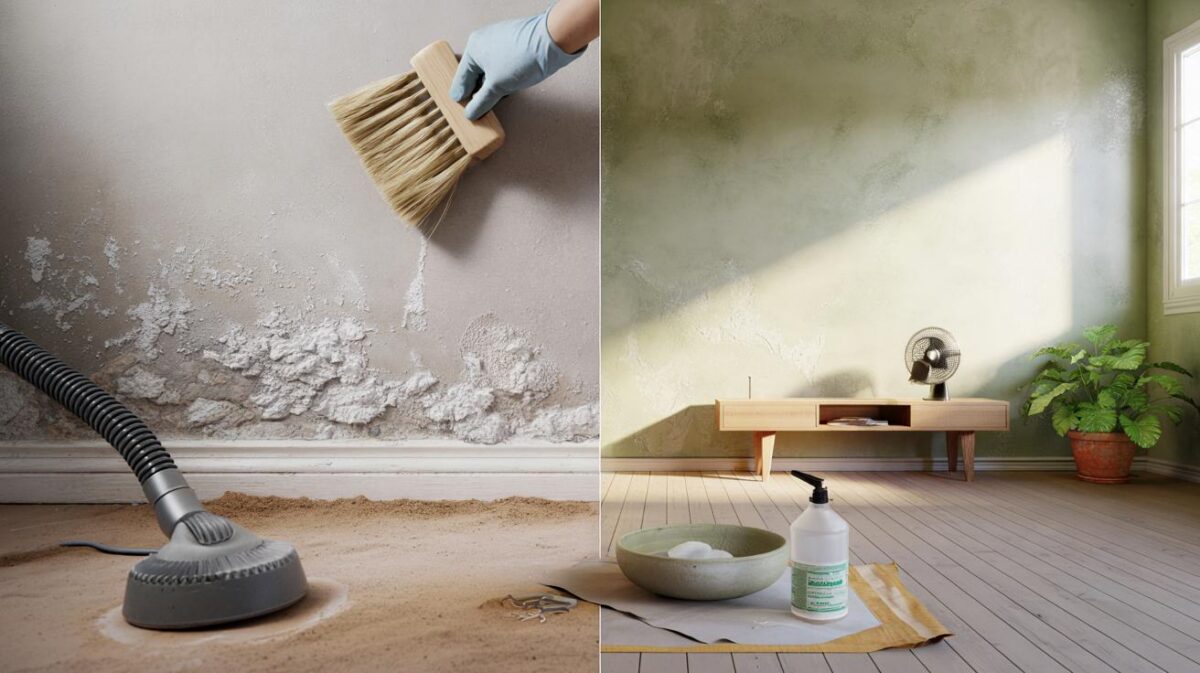Not through broken boilers or fancy tech, but a quiet setting most of us never touch. The fix costs nothing, takes minutes, and can trim real money off your bill.
It starts on a frosty Tuesday, the kind where your breath hangs in the kitchen light. The kettle sings, the thermostat clicks, and the radiators make that shy ping before they wake. A neighbour sends a message: “Try turning down the flow temperature. It’s magic.” You stare at the boiler’s front panel like it’s hiding a secret you should have seen years ago. It is.
The hidden dial that changes everything
Most modern boilers arrive set like a sports car stuck in first gear. They blast out water at 70–80°C because that feels decisive, even heroic. Yet condensing boilers aren’t built for bravado. They’re built to sip heat from their own exhaust, and they do it best when the system runs cooler and steadier. That’s the quiet trick.
Take Claire in Leeds. She’d been nudging her thermostat up each winter, convinced that was the only lever that mattered. Then she dropped her boiler’s heating flow temperature to 55°C and watched her smart meter graph flatten. Month-to-month gas use fell by almost a tenth. Same cosy evenings, fewer guilt-laced glances at the bill.
Here’s why the numbers shift. A condensing boiler reclaims heat when the return water temperature is low enough for moisture in the flue gases to condense, typically below about 55°C. Lowering the flow temperature nudges the whole system into that sweet spot more often. Radiators may take a touch longer to feel hot-hot, but rooms warm evenly and comfort holds. The boiler runs longer, yes, yet burns less. Slow and steady wins.
How to do it in five calm minutes
Find the “heating” or radiator icon on your boiler’s front panel or app. That controls the flow temperature for space heating, not the room temperature. Turn it down to around **50–55°C**, then let the house run for a day or two. If rooms feel sluggish, nudge up by 2–3°C until it suits your home. Keep the domestic hot water setting separate: combi users can set it lower for comfort, cylinder systems should keep water at 60°C to manage legionella risk.
Expect a different rhythm. Radiators won’t scald the hand; they’ll glow gently and keep going. That’s the point. If one room lags, check the Thermostatic Radiator Valve isn’t strangling it or consider a simple radiator balance to share heat fairly. Let’s be honest: nobody does that every day. Do it once, then forget it for years. We’ve all had that moment when the living room feels fine and the hallway could host penguins.
Think of this as a comfort tune-up, not a test of endurance. It feels almost too easy. What you’re aiming for is steady warmth with fewer spikes and sprints from the boiler. You’ll likely hear it cycle less, and that’s efficiency you can’t see but will feel on the bill.
“If your radiators can get rooms comfy without running the boiler above the mid‑50s, you’re making the boiler do the job it was designed to do: condense. That’s where the savings live,” says a veteran heating engineer I met on a draughty Thursday.
- Works best with modern condensing boilers (most UK installs since the mid‑2000s).
- If you have a hot water cylinder, keep it at 60°C and tackle heating flow temperature separately.
- Heat pumps are different: they’re already efficient at low flow temps, so follow the manufacturer’s curve.
- Pair with sensible schedules and TRVs for easy extra gains.
What happens next: comfort, control, and the quiet win
The first week is the test. You’ll notice rooms warming like a deep breath rather than a pant. Morning preheat might need a head start. Then your shoulders drop because the house just… holds temperature. Any small adjustments from there are about taste, not survival. People tell me they forget about the dial after a fortnight, which is the best review a setting can get.
There’s a side effect you might love. Lower flow temperatures are gentler on your boiler and pipework. Less thermal stress, calmer cycling, fewer sharp expansions that rattle old radiators. It’s the domestic equivalent of driving in a higher gear. You still get there, with fewer revs and less fuss.
And yes, the money. Trials and energy suppliers report typical savings in the **6–12%** range for households that can comfortably run cooler. Not a miracle, just physics doing its quiet work. **Lower your boiler’s flow temperature**, and your boiler thanks you by wasting less heat up the flue.
There’s a different kind of warmth in this trick. A small dose of control, a feeling that the house dances to your rhythm again. Some will share the tweak in WhatsApp groups; others will quietly enjoy the lower hum on their meter. If you try it and it works, you may find yourself telling the next person in line — the way useful things travel.
| Point clé | Détail | Intérêt pour le lecteur |
|---|---|---|
| Turn down heating flow temperature | Aim for roughly 50–55°C on the radiator/“heat” setting | Free, fast change that trims gas use without losing comfort |
| Tune, don’t chase | Adjust by 2–3°C after a day or two if rooms feel slow | Find a personal sweet spot instead of one‑size‑fits‑all tips |
| Keep hot water safe | Combi: set for comfort; Cylinder: keep at 60°C | Warm showers and healthy hygiene alongside savings |
FAQ :
- What exactly is boiler flow temperature?It’s the temperature of the water leaving your boiler to feed the radiators. It’s not the same as your room thermostat setting.
- Will my house feel colder?Rooms should feel just as warm, but radiators will be gentler to the touch and may take longer to heat. If it’s too slow, nudge the flow temperature up a little.
- Does this work with all boilers?It pays off most with modern condensing boilers. Older non‑condensing models won’t see the same gain and may need higher temps to run properly.
- Is it safe for hot water?For combi boilers, you can set domestic hot water to a comfortable temperature. If you have a hot water cylinder, keep the stored water at 60°C to manage legionella risk.
- Do I need an engineer to do this?No. It’s a user control on the front panel or app. If you’re unsure what you’re changing, check the manual or the maker’s website for the exact button icons.










I dropped my boiler’s heating flow temp from 70°C to 54°C last week. Radiators are gentler, living room still hits 20°C, and the boiler hum is calmer. Smart meter shows about 8% less gas day-to-day so far. This definately feels like a keeper. Any gotchas in deep winter, or do you just nudge up a couple degrees?
So the boiler runs longer but uses less? That feels like free lunch logic. Where’s the data beyond anecdotes—proper A/B tests? And what about non‑condensing units; won’t they waste more at low temps? Sounds a bit like mirriors and mist to me.